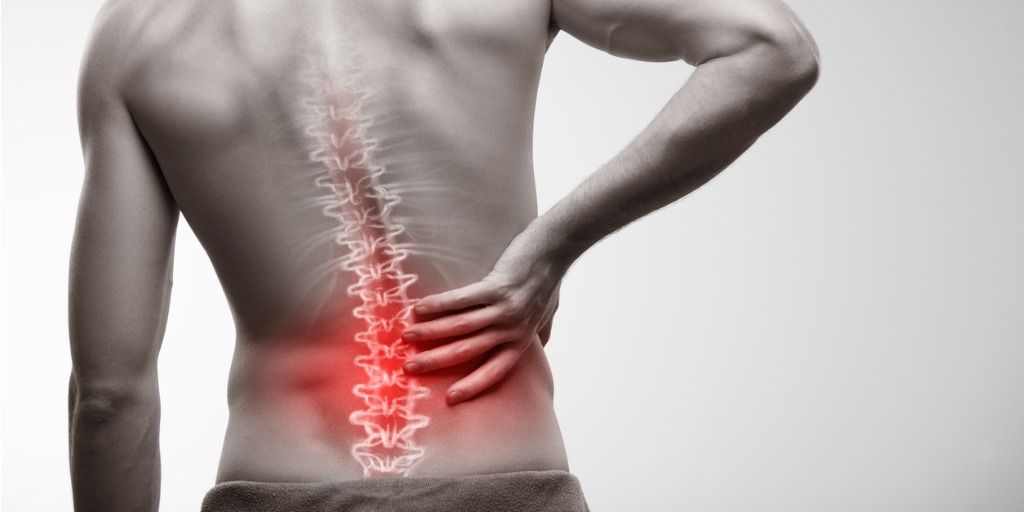The Power of Early Exercise Intervention in Acute Musculoskeletal Injuries
As allied health professionals, our primary goal is to ensure the best possible outcomes for patients recovering from musculoskeletal injuries and surgeries. Traditional approaches to rehabilitation have often emphasized rest and immobilization during the initial stages of recovery. However, emerging research suggests that early exercise intervention can play a pivotal role in enhancing recovery and restoring function. In this blog, we will explore the significant benefits of early exercise intervention in acute musculoskeletal injuries and surgeries, shedding light on the advantages it offers to patients' overall rehabilitation process.
1. Accelerated Healing and Tissue Remodelling.
One of the most compelling reasons for incorporating early exercise intervention is its ability to promote accelerated healing and tissue remodelling. Controlled, gentle movements can enhance blood flow to the injured area, facilitating the delivery of oxygen and nutrients to support tissue repair. A study by Ferreira-Valente et al. (2018) reported that early exercise following musculoskeletal injuries promotes angiogenesis and collagen synthesis, essential for tissue healing and remodelling.
2. Preservation of Muscular Strength and Joint Function.
During the early stages of recovery, patients often experience muscle atrophy due to disuse. Early exercise intervention can counteract this muscle loss, preserving and even enhancing muscular strength. A systematic review by Hultman et al. (2019) highlighted that early mobilization and targeted strengthening exercises positively influence muscle preservation during post-surgical rehabilitation.
3. Pain Management and Neurological Adaptations.
Pain is a common challenge in musculoskeletal injuries and surgeries. Contrary to conventional wisdom, early exercise intervention can be a powerful tool for pain management. Low-impact exercises and movements can activate the body's natural pain-relieving mechanisms, such as the release of endorphins. A study by Smith et al. (2017) demonstrated that early exercise interventions positively influence pain thresholds and reduce pain perception.
4. Psychological Benefits and Patient Empowerment.
Injuries and surgeries can be emotionally challenging for patients, leading to anxiety and feelings of helplessness. Early exercise intervention allows patients to actively participate in their recovery process, promoting a sense of empowerment and control over their healing journey. A meta-analysis by Turner et al. (2020) found that early exercise interventions in orthopaedic rehabilitation improve patient motivation, confidence, and overall psychological well-being.
5. Reduction in Rehabilitation Duration and Healthcare Costs.
By kickstarting rehabilitation early on, the overall duration of the recovery process can be significantly reduced. Early exercise intervention can expedite functional recovery, allowing patients to return to their daily activities and work sooner. A study by Aamot et al. (2019) reported that early exercise interventions in post-surgical rehabilitation led to shorter recovery periods and reduced healthcare costs.
The benefits of early exercise intervention in acute musculoskeletal injuries are evident, making it an essential component of modern rehabilitation protocols. By incorporating appropriate exercises at the right time, we can promote accelerated healing, preserve joint function, manage pain, and empower patients on their road to recovery. Embracing this evidence-based approach and collaborating to optimize patient outcomes will improve the overall quality of care in our field.
References:
- Ferreira-Valente, M. A., Pais-Ribeiro, J. L., & Jensen, M. P. (2018). Physical therapy and exercise in pain management. Pain Reports, 3(5), e674.
- Hultman, J., Sääf, M., & Halvorsen, K. (2019). Early active mobilization after flexor tendon repair in zone II. JBJS Reviews, 7(2), e4.
- Smith, L., Louw, Q. A., Crous, L. C., & Grimmer-Somers, K. (2017). Preoperative exercise halves the postoperative complication rate in patients with lung cancer: a systematic review of the effect of exercise on complications, length of stay, and quality of life in patients with cancer. British Journal of Sports Medicine, 51(10), 792-797.
- Turner, R. R., Beckenkamp, P. R., Griffiths, L. R., & Hughes, D. L. (2020). Psychological aspects of anterior cruciate ligament injuries. Journal of Orthopaedic Surgery and Research, 15(1), 22.
- Aamot, I. L., Forbord, S. H., Gustavsen, M. T., Nordvik, H., Stensvold, D., Ugelstad, I., ... & Dalen, H. (2019). Home‐based versus hospital‐based high‐intensity interval training in cardiac rehabilitation: A randomized study. European Journal of Preventive Cardiology, 26(2_suppl), 17-25.
Cameron McRae
Workers Compensation Specialist ‑ Team Leader East (AEP, ESSAM)
Exercise Rehabilitation Services ‑ WA




